Grain elevators stand like prairie cathedrals across the Midwest, their towering concrete forms marking the heartland’s agricultural heritage. These structures tell the story of American farming through their weathered surfaces and functional beauty, creating some of the most photographed roadside attractions in rural America. What many travelers don’t realize is that some of the best grain elevator viewing happens along scenic driving loops that connect multiple sites in a single, memorable journey.
These carefully planned routes take you past active elevators still loading grain cars, abandoned giants slowly returning to nature, and everything in between. Here is a list of 20 scenic grain elevator loops that showcase the Midwest’s agricultural architecture at its finest.
The Great Plains Heritage Loop, Kansas
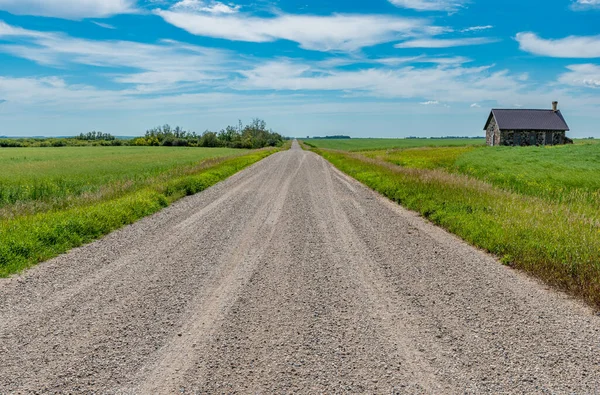
This 75-mile loop through central Kansas connects eight grain elevators spanning nearly a century of agricultural history. The route winds through wheat country, where elevators rise from golden fields like ancient monuments to prosperity.
You’ll encounter everything from modern concrete giants still processing millions of bushels to weathered wooden structures that haven’t seen a grain car in decades.
Minnesota’s Malt Country Circuit
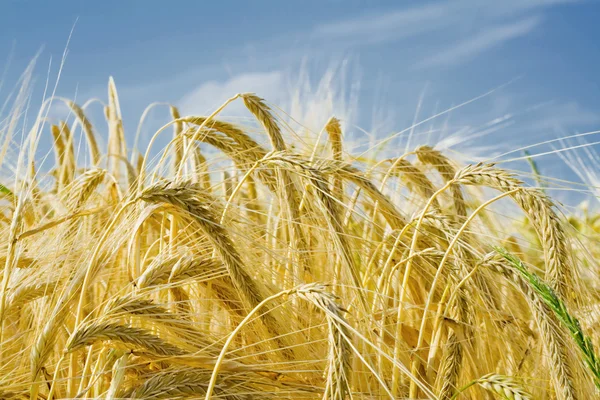
Starting in New Ulm and circling through the Minnesota River Valley, this 90-mile loop showcases elevators that once served the region’s thriving barley industry. The route passes through German-settled communities where traditional farming methods created unique elevator designs adapted to local crops.
Several of these structures feature distinctive architectural details that reflect their builders’ European heritage.
Like Travel Pug’s content? Follow us on MSN.
Iowa’s Corn Belt Classic
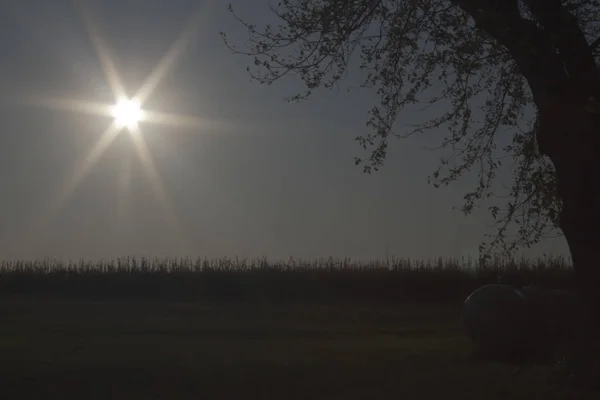
This 110-mile figure-eight route through central Iowa connects twelve grain elevators that represent different eras of corn storage and transportation. Notable stops include Granger, where a massive concrete complex dominates the skyline, and smaller towns where single elevators served entire farming communities.
The contrast between industrial-scale facilities and intimate rural structures tells the complete story of Iowa agriculture.
Illinois Prairie Pathway
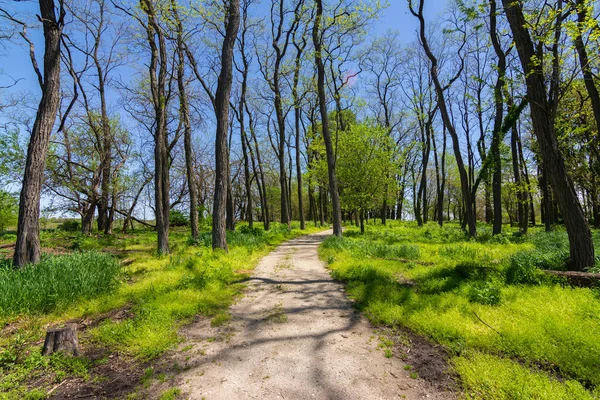
Beginning in Champaign and looping through the heart of Illinois corn and soybean country, this 85-mile route features nine grain elevators in various states of preservation. The journey takes you past active facilities where modern trucks queue for unloading alongside historic structures that now serve as rural landmarks.
The flat prairie landscape makes each elevator visible from miles away, creating anticipation as you approach each stop.
Nebraska Sandhills Expedition
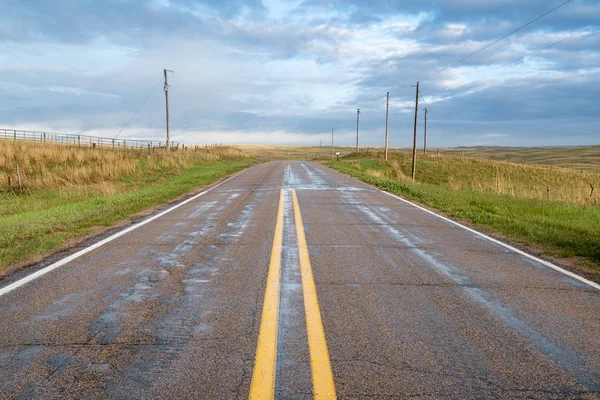
This unique 125-mile loop through the Nebraska Sandhills showcases how grain elevators adapted to challenging terrain and sparse population. The route connects six elevators that serve cattle ranching communities where grain storage requires different approaches than traditional farming areas.
These structures often feature innovative designs that maximize efficiency despite remote locations and harsh weather conditions.
Like Travel Pug’s content? Follow us on MSN.
Wisconsin Driftless Discovery
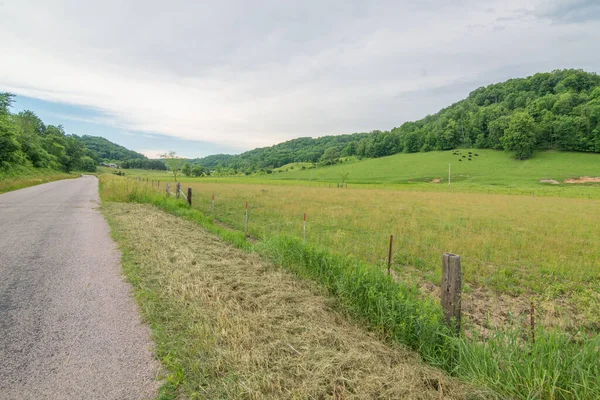
The rolling hills of southwestern Wisconsin create dramatic backdrops for grain elevators along this 95-mile scenic loop. Unlike their prairie cousins, these structures nestle into valleys and perch on hillsides, creating some of the most photographed vistas featuring grain elevators in the Midwest.
The route includes both active facilities serving dairy farms and abandoned elevators that have become unofficial monuments to changing agricultural practices.
Michigan Thumb Territory Tour
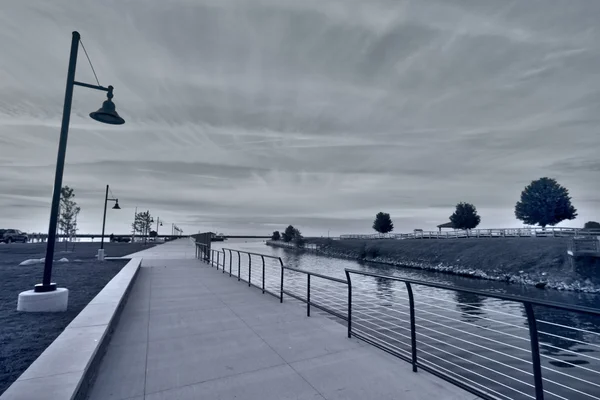
This 80-mile loop through Michigan’s agricultural thumb region connects seven grain elevators that served diverse farming operations, from sugar beets to soybeans. The route showcases how the Great Lakes’ proximity influenced elevator design, with several structures featuring ship-loading capabilities that connected Midwest farms to global markets.
The landscape combines agricultural productivity with surprising natural beauty along the shoreline.
Indiana Hoosier Heritage Highway
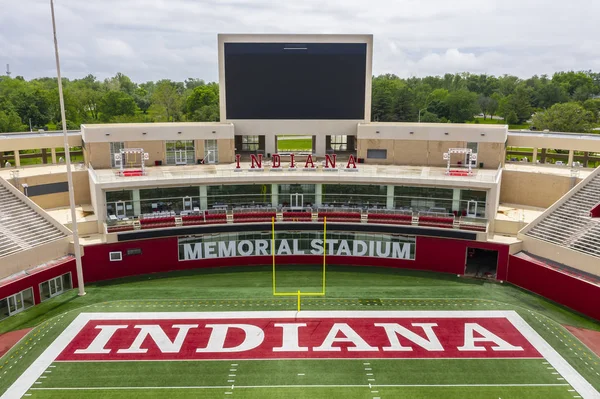
Starting in Lafayette and winding through Indiana’s corn belt, this 100-mile loop features ten grain elevators representing 80 years of agricultural evolution. The route includes Fowler, where a cluster of three elevators from different eras creates a timeline of storage technology in a single location.
Several stops feature interpretive signs that explain how these structures served as economic anchors for rural communities.
Like Travel Pug’s content? Follow us on MSN.
Ohio Miami Valley Meander
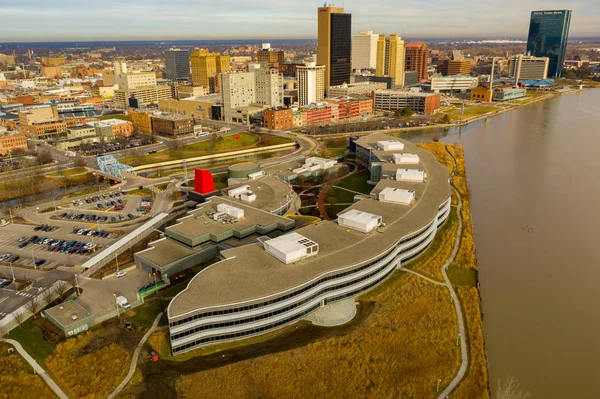
This 70-mile loop through western Ohio’s fertile Miami Valley connects eight grain elevators that served some of the Midwest’s most productive farmland. The route showcases how proximity to major cities influenced elevator design, with several structures featuring rail connections that moved grain efficiently to urban markets.
The relatively short distances between elevators make this an ideal introduction to grain elevator tourism.
South Dakota Prairie Panorama
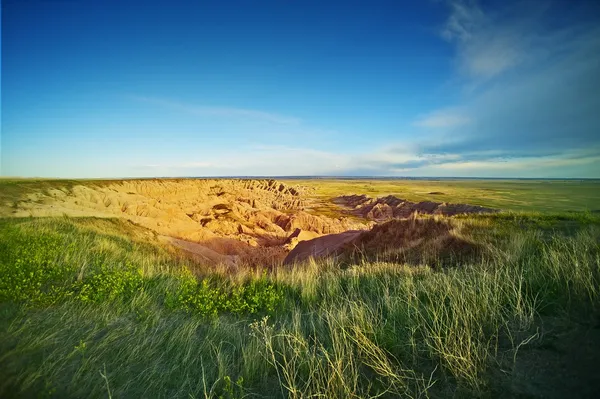
Beginning in Huron and circling through the James River valley, this 140-mile loop features twelve grain elevators against some of the most expansive sky views in America. The route includes several elevators that still serve active farming operations, alongside structures that have found new life as event venues and rural art installations.
The endless horizon makes each elevator a distinctive landmark in an otherwise uniform landscape.
North Dakota Wheat Country Wanderer
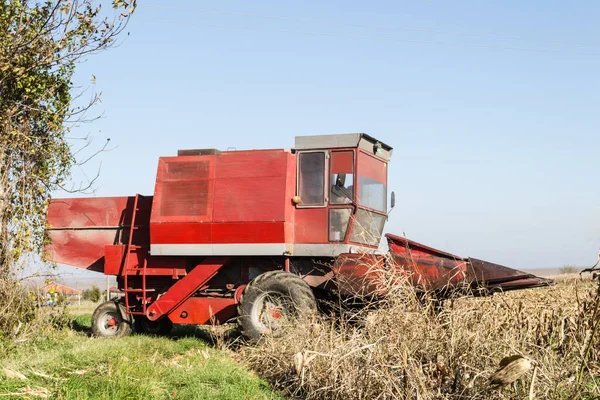
This ambitious 160-mile loop through the Red River valley connects fifteen grain elevators that processed North Dakota’s legendary wheat harvests. The route includes Grand Forks, where massive concrete facilities demonstrate the scale of modern grain handling, and smaller communities where single elevators define entire town centers.
The flat terrain and straight roads create almost meditative driving conditions between stops.
Like Travel Pug’s content? Follow us on MSN.
Missouri River Bluffs Circuit
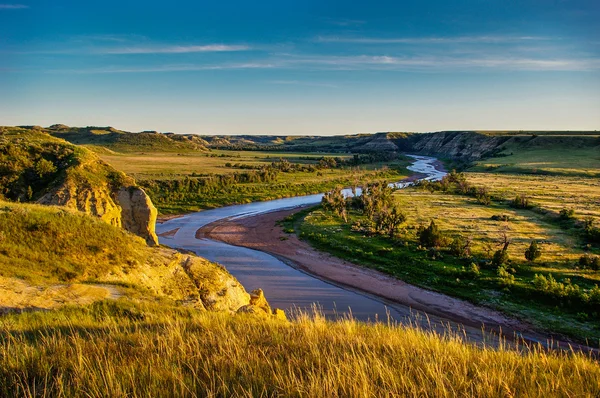
This 115-mile loop follows the Missouri River through western Iowa and eastern Nebraska, showcasing how grain elevators adapted to river transportation systems. The route features nine elevators, several with direct river access that allowed grain barges to load alongside railroad cars.
The rolling bluff country provides varied scenery that makes each elevator approach unique and memorable.
Flint Hills Grain Trail, Kansas
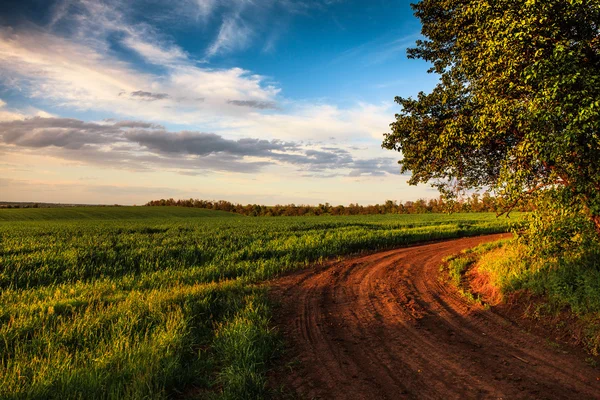
This 90-mile loop through the Kansas Flint Hills connects seven grain elevators set against the region’s distinctive tallgrass prairie landscape. The route demonstrates how cattle ranching influenced grain storage needs, with several elevators designed primarily for feed grain rather than cash crops.
The undulating hills create dramatic silhouettes as elevators appear and disappear along the horizon.
Wisconsin Central Sands Loop
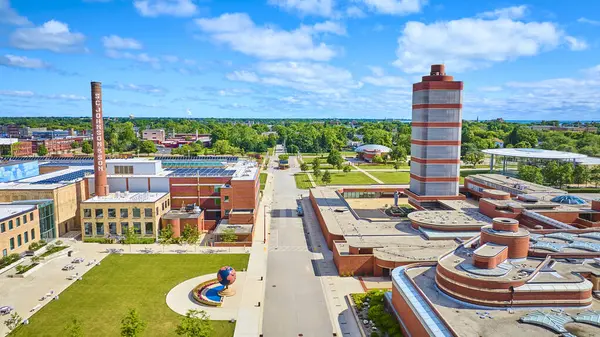
Threading through central Wisconsin’s unique sand prairie region, this 105-mile route connects eight grain elevators that served specialized potato and vegetable farming operations. The sandy soil required different agricultural approaches that influenced elevator design and capacity.
Several structures along the route have been converted to other uses while maintaining their distinctive agricultural architecture.
Like Travel Pug’s content? Follow us on MSN.
Illinois River Valley Ramble
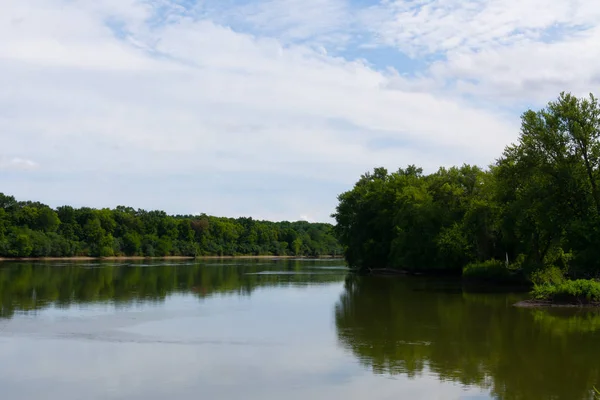
This 85-mile loop along the Illinois River connects ten grain elevators that took advantage of both rail and water transportation systems. The route includes Peoria, where massive riverside facilities demonstrate industrial-scale grain handling, and smaller river towns where single elevators served local farming communities.
The river valley topography creates interesting elevation changes that make each elevator distinctive.
Iowa Turkey River Trail
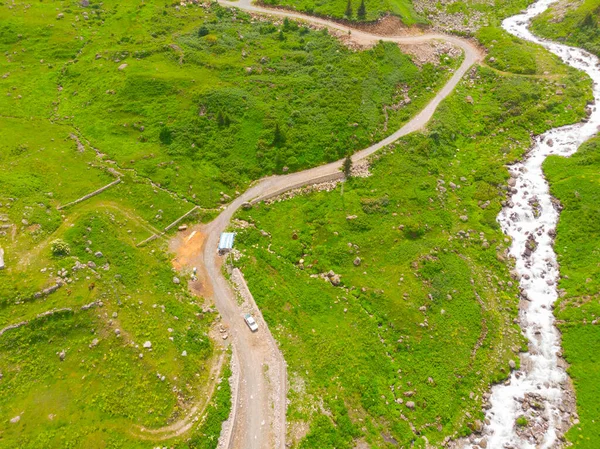
Winding through northeastern Iowa’s hill country, this 75-mile loop features six grain elevators adapted to challenging terrain and diverse farming operations. The route showcases how Norwegian and German settlers influenced both farming practices and elevator architecture in this scenic region.
The Turkey River valley provides a backdrop of wooded hills that contrasts beautifully with agricultural structures.
Minnesota Prairie Edge Explorer
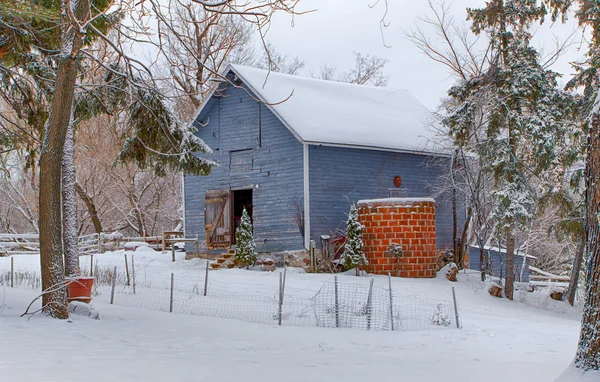
This 120-mile loop along Minnesota’s western edge connects eleven grain elevators that served the transition zone between prairie and forest. The route demonstrates how different ecosystems influenced farming practices and storage needs throughout the region’s development.
Several elevators feature unique architectural adaptations to harsh winter conditions and seasonal flooding.
Like Travel Pug’s content? Follow us on MSN.
Kansas Smoky Hills Safari
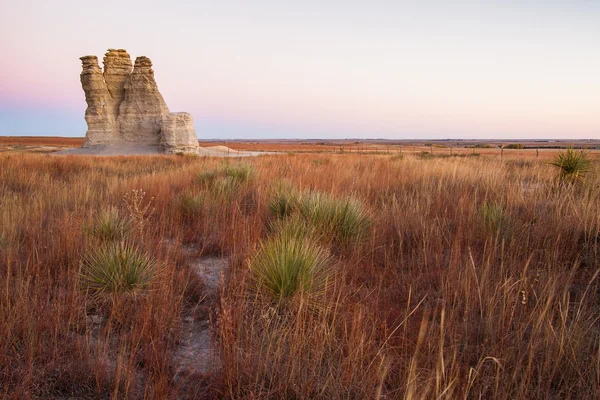
Threading through the Smoky Hills region of central Kansas, this 95-mile route connects eight grain elevators set against rolling hills and limestone outcroppings. The varied topography creates interesting approaches to each elevator, with structures appearing unexpectedly around curves and over hill crests.
The route includes both wheat and milo storage facilities that reflect the region’s diverse agricultural production.
Nebraska Platte Valley Passage
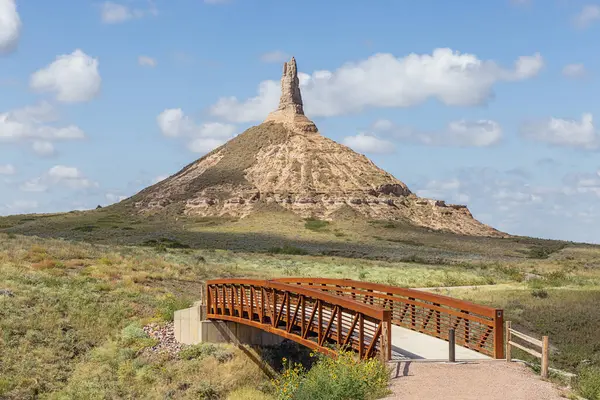
This 130-mile loop follows the historic Platte River corridor and connects twelve grain elevators that served Oregon Trail communities and later railroad towns. The route demonstrates how transportation corridors influenced elevator placement and design throughout Nebraska’s development.
Several structures feature historic markers explaining their roles in westward expansion and agricultural settlement.
South Dakota Corn Palace Country

Beginning in Mitchell and circling through southeastern South Dakota, this 110-mile loop connects nine grain elevators in the state’s most productive agricultural region. The route includes several structures that supplied grain for the famous Corn Palace decorations alongside modern facilities serving contemporary farming operations.
The James River valley provides gentle scenery that makes driving between elevations particularly pleasant.
Like Travel Pug’s content? Follow us on MSN.
Monuments to Midwest Ingenuity
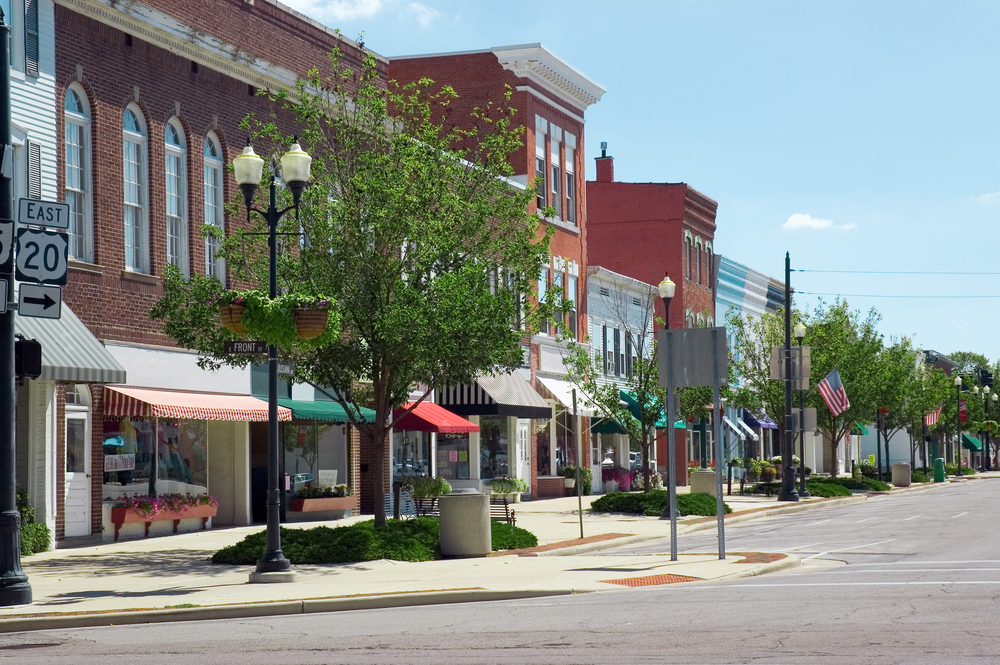
These scenic loops reveal grain elevators as more than functional farm buildings—they’re architectural expressions of agricultural ambition and community identity. Each structure tells stories of farmers who built these monuments to feed growing cities and export markets around the world. The loops connect travelers to the Midwest’s agricultural heritage while showcasing landscapes that continue shaping American food production.
Whether you’re interested in industrial architecture, rural photography, or simply understanding how America feeds itself, these grain elevator routes offer unforgettable journeys through the nation’s agricultural heartland.
More from Travel Pug

- 20 Best Beach Towns in the Carolinas
- 13 Destinations Where Tourists Regularly Regret Their Trip
- 20 Destinations That Are More Magical Without an Itinerary
- 20 Underrated Adventures That Belong on Your Travel List
- 20 Cities Where You Should Just Wing It, No Planning Required
Like Travel Pug’s content? Follow us on MSN.
